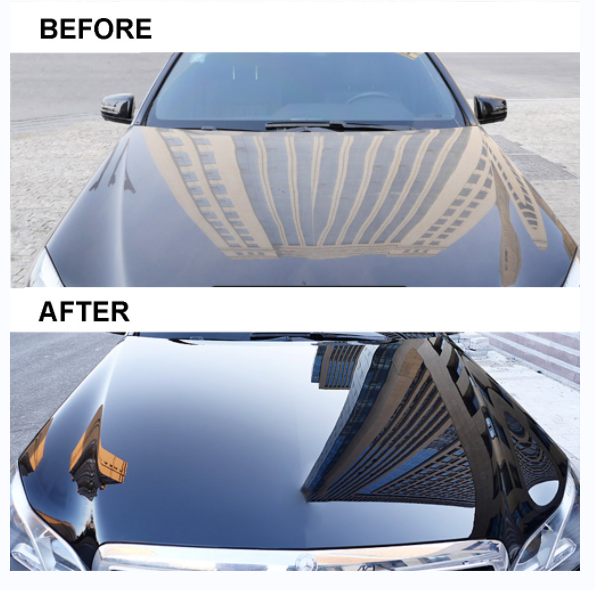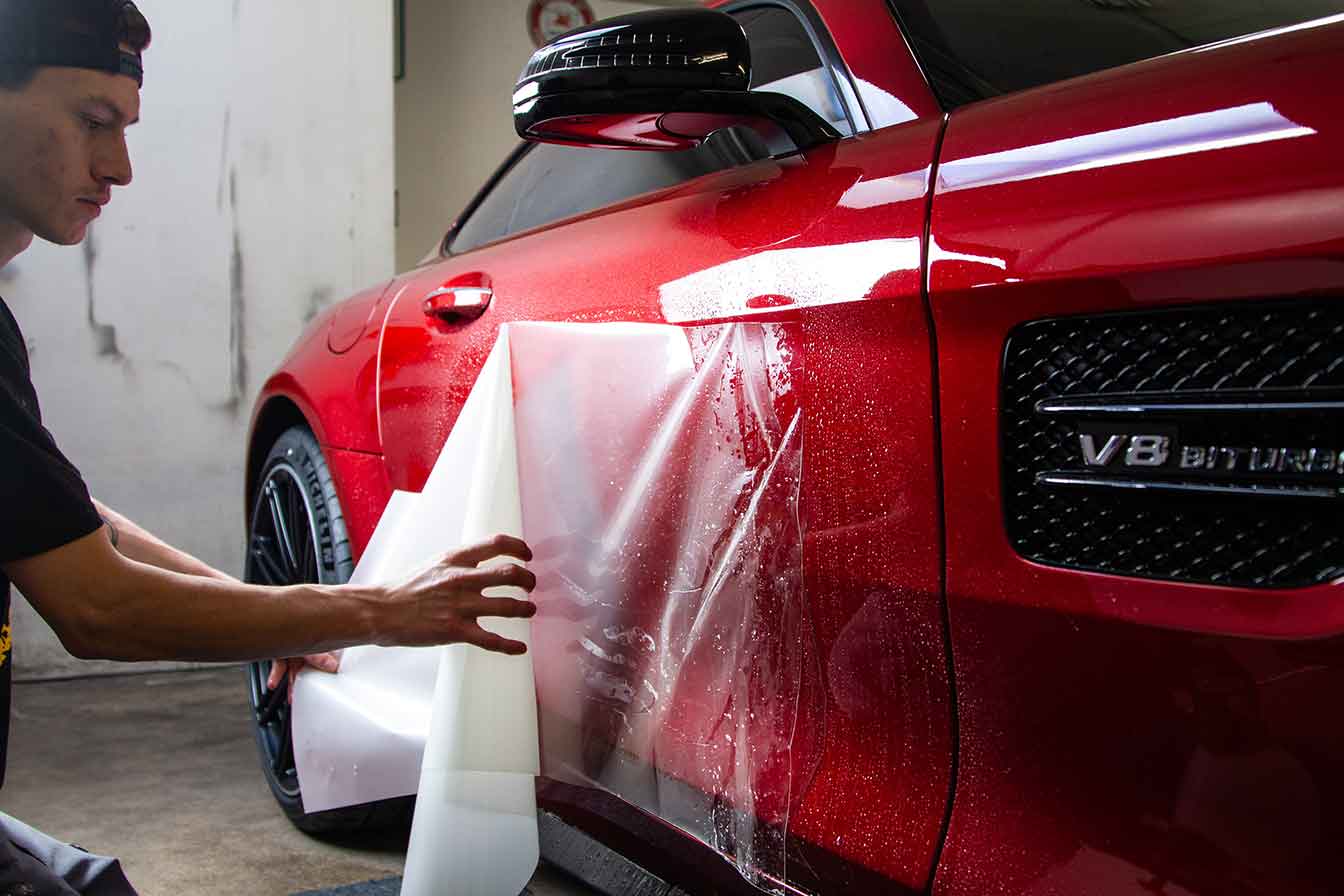A Comprehensive Guide to the Types of Ceramic Layer on the Market
Ceramic coverings have emerged as a pivotal solution across numerous industries due to their distinct homes and applications. As we explore the unique features and applications of these finishes, the implications for performance and long life become significantly obvious, increasing questions concerning which type could ideal suit your demands.
Comprehending Ceramic Coatings
Ceramic coatings are advanced safety remedies that have obtained popularity in various markets, especially in auto and aerospace applications. These coverings contain a liquid polymer that, when treated, develops a sturdy, hydrophobic layer on the surface area of the substratum. This layer provides boosted resistance to ecological contaminants, UV radiation, and chemical exposure, consequently extending the life and aesthetic charm of the underlying material.
The essential element of ceramic finishes is silica, which adds to their hardness and durability. The application procedure usually entails surface preparation, application of the finishing, and treating, which can be achieved via warmth or UV light. When cured, ceramic coatings exhibit remarkable bonding homes, enabling them to adhere highly to a variety of surfaces, consisting of steels, plastics, and glass.
In addition to their safety attributes, ceramic finishings likewise offer simplicity of upkeep. Their hydrophobic nature reduces the adherence of dust and crud, making cleaning easier and much less frequent. Generally, the fostering of ceramic finishings represents a considerable improvement in surface area protection innovation, providing both useful and visual benefits across numerous fields.
Sorts Of Ceramic Coatings
Numerous sorts of ceramic coverings are available, each made to meet specific efficiency needs and applications - Paint Protection Film. The most typical types include:
Silica-based Coatings: These finishings primarily include silicon dioxide and are understood for their sturdiness and chemical resistance. They are commonly used in auto and commercial applications.
Titanium Dioxide Coatings: Popular for their photocatalytic residential properties, titanium dioxide finishes are often applied in environments where self-cleaning and antifungal properties are preferable, such as in structure materials and automobile coatings.
Zirconia Coatings: Defined by their high-temperature stability and thermal resistance, zirconia layers are utilized in applications such as turbine engines and high-performance vehicle parts.
Alumina Coatings: Displaying outstanding firmness and thermal security, alumina layers are often used in wear-resistant applications, consisting of cutting tools and commercial machinery. - Car Detailing
Crossbreed Coatings: Incorporating the homes of different materials, hybrid coverings use enhanced performance characteristics, making them suitable for unique and requiring applications.
Each sort of ceramic finishing offers unique purposes, enabling customers to choose one of the most proper service based upon particular environmental problems and efficiency needs.
Advantages of Ceramic Coatings
Coatings play an important function in boosting the performance and durability of surfaces across various markets. Ceramic coverings, specifically, deal many benefits that make them increasingly popular amongst producers and consumers alike. Among the primary advantages is their exceptional longevity. These layers are resistant to scrapes, chemicals, and UV rays, ensuring that the underlying surface area remains safeguarded in time.
Along with durability, ceramic layers give outstanding hydrophobic residential properties, permitting easy cleansing and maintenance. This water-repellent nature reduces the adherence of dust, grime, and other pollutants, which can prolong the visual appeal and functionality of the surface. Ceramic layers can significantly boost thermal resistance, making them excellent for applications that sustain high temperature levels.

Application Refine
When using ceramic finishes, a meticulous technique is essential to accomplish optimal results. A tidy surface area guarantees appropriate adhesion of the finish.
When the surface area is prepped, the next step is to apply the ceramic finish. This can be done utilizing an applicator pad or a microfiber towel, making sure also protection. It is essential to work in small sections to preserve control and stop premature curing. The finish should be used in slim layers, as thicker applications can bring about uneven finishes.
After application, the layer calls for a certain treating time, usually ranging from a couple of hours to a full day, depending on the product. Following these sites actions carefully will take full advantage of the effectiveness and long life of the ceramic coating, giving a long lasting protective layer for the surface.
Upkeep and Durability
To guarantee the longevity and efficiency of a ceramic finishing, regular maintenance is important. Ceramic layers, understood for their sturdiness and safety high qualities, require certain care regimens to optimize their life expectancy and efficiency. The very first step in maintenance involves routine cleaning with pH-neutral soap, avoiding rough chemicals that can break down the covering. It is advisable to wash the automobile regularly, ideally every 2 weeks, to stop the buildup of contaminants that can compromise the finishing's honesty.
Along with regular cleaning, periodic examinations are important. Look for signs of wear or damages, such as hydrophobic buildings decreasing or surface area imperfections. If required, a light gloss might be related to rejuvenate the finishing without removing it away.
Furthermore, the application of a booster spray can enhance the finishing's hydrophobic effects and restore its gloss. This is specifically valuable for finishes that have been in usage for an extended duration. Inevitably, by sticking to these maintenance techniques, one can substantially extend the life of a article ceramic covering, making sure that it proceeds to supply ideal security against environmental aspects and keep the visual charm of the automobile.
Conclusion
